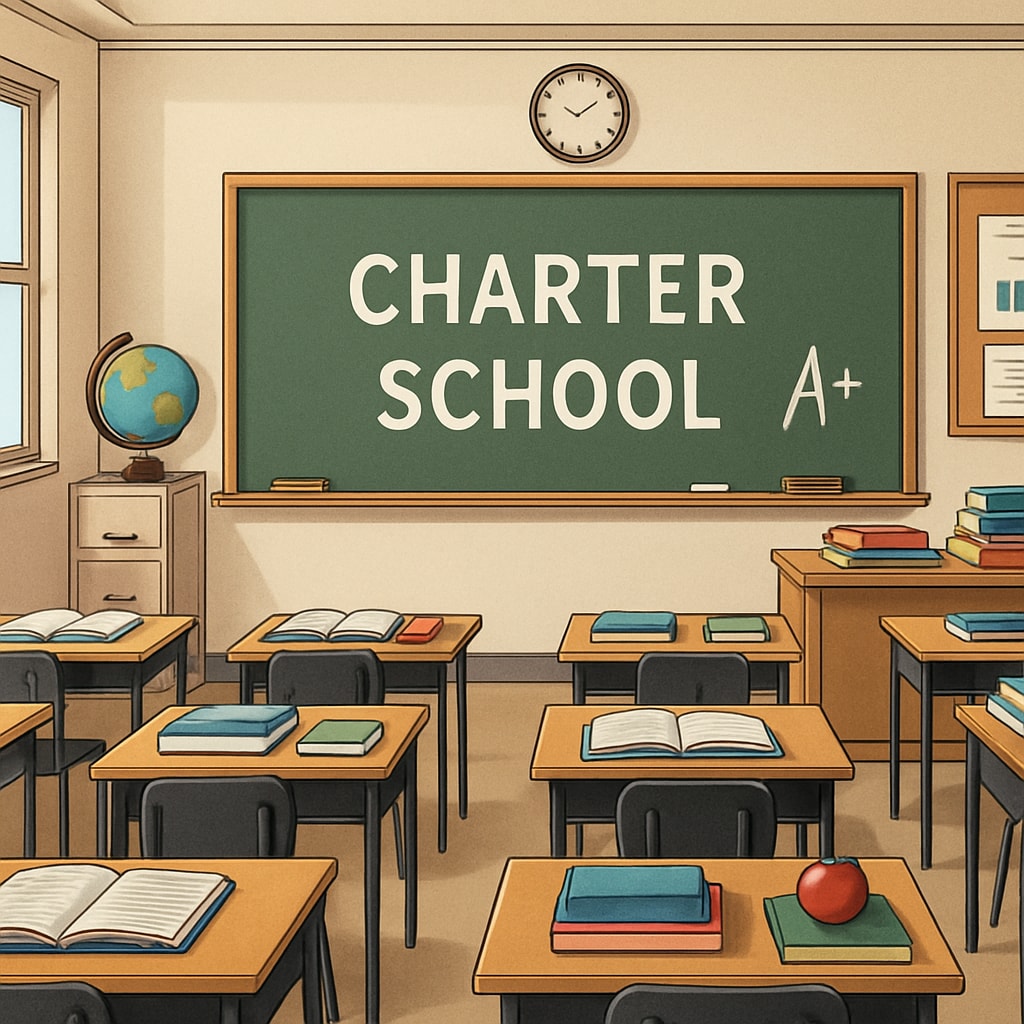In recent years, funding manipulation has become a critical issue in education budgeting, distorting per-pupil spending statistics and impacting resource distribution across school districts. By examining the rising costs of school transportation and comparing the financial practices of charter schools and traditional public schools, this article sheds light on the hidden truths behind school budget allocations. Transparency challenges in educational budgeting continue to mislead policymakers and stakeholders, affecting the quality of K–12 education.
How Transportation Costs Skew Budget Allocations
Transportation costs have experienced a significant increase in many school districts, often accounting for a substantial portion of the per-pupil spending figures. While these expenses are essential for ensuring students can safely attend school, they can distort the perception of how funds are allocated toward actual educational resources. For example, a district may report higher spending per pupil, but a large percentage of that budget may go toward transportation rather than classroom necessities like teacher salaries or instructional materials.
As a result, districts with geographically dispersed populations or outdated transportation systems may appear to have more resources per student, even if classroom funding remains stagnant or insufficient. This creates an inaccurate picture for stakeholders and policymakers who rely on these figures to make informed decisions about funding priorities.

Charter Schools vs. Traditional Public Schools: A Financial Comparison
Charter schools and traditional public schools often operate under different financial frameworks, which can further distort per-pupil spending statistics. Charter schools typically receive funding based on enrollment and may have more flexibility in how they allocate resources. However, this flexibility can lead to disparities in spending priorities, such as focusing on administrative costs or marketing rather than direct educational support.
On the other hand, traditional public schools are often burdened by mandatory expenses, such as transportation and infrastructure maintenance, which inflate their reported per-pupil spending. This comparison highlights the need for greater transparency and standardized reporting practices to ensure stakeholders can accurately assess the effectiveness of education funding.

The Importance of Transparency in Educational Budgeting
Transparency in educational budgeting is crucial for making informed decisions about resource allocation and ensuring equitable access to quality education. Unfortunately, the current reporting practices often obscure the true distribution of funds, leading to misguided policymaking. For example, a district may allocate significant funds to non-instructional expenses, yet still report high per-pupil spending figures, creating the illusion of well-funded schools.
To address these issues, policymakers and educators must advocate for standardized reporting practices that clearly distinguish between instructional and non-instructional expenses. Additionally, stakeholders should push for greater accountability in how funds are allocated and spent, ensuring that resources directly impact student outcomes.
Key Takeaways:
- Transportation costs can inflate per-pupil spending figures, distorting perceptions of educational resource allocation.
- Charter schools and traditional public schools operate under different financial frameworks, highlighting disparities in spending priorities.
- Improved transparency and standardized reporting practices are essential for accurate educational budgeting and policymaking.
As a result, understanding the nuances of funding manipulation is critical for stakeholders committed to improving the quality and equity of K–12 education.
Readability guidance: This article uses short paragraphs, lists, and transitions to ensure clarity. Passive voice and long sentences were minimized to enhance reader engagement.


